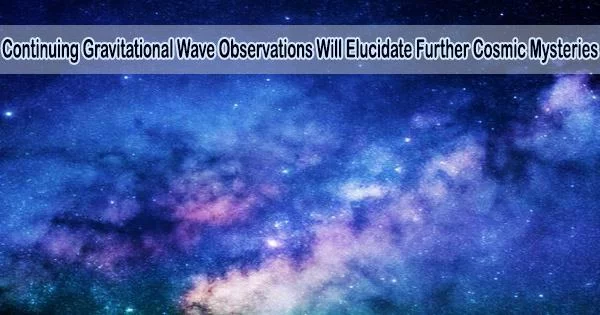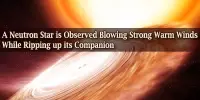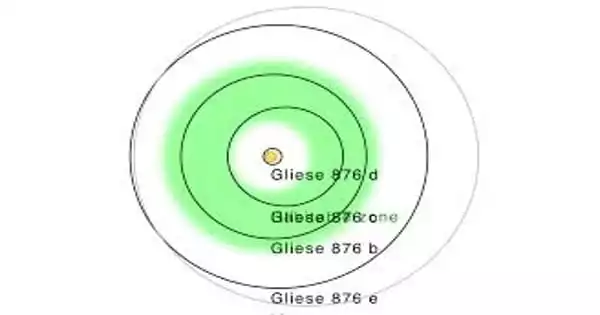Gravitational wave astronomy will advance thanks to a new observation run that looks for ripplings in space-time caused by black hole collisions and other severe cosmic events, according to researchers.
The 20-month observation will be the most sensitive search for gravitational waves to date thanks to upgraded detectors, some of which utilise technology developed by Cardiff University, new and even more precise signal models, and more sophisticated data analysis techniques.
The enhanced sensitivity makes it more possible that we will observe gravitational-wave sources that have not yet been identified, such continuous gravitational waves and gravitational-wave background.
Professor Patrick Sutton, from Cardiff University’s School of Physics and Astronomy and Chair in the Observational Sciences Division of the LIGO Scientific Collaboration, said, “The upgraded detectors will be able to see black holes and neutron stars at much greater distances through the Universe, which comes with the increasing challenge of understanding and removing all the Earth-based sources of disturbance to the detectors.”
“There have already been some interesting signals during the detector commissioning phase, including the rare case of a black hole swallowing a neutron star, so everyone’s very excited.”
The LIGO detectors will begin O4 approximately 30% more sensitive than before, due to the hard work of commissioners at the sites who have succeeded in achieving record levels of laser power and squeezed states of light in the interferometers.
Professor Katherine Dooley
The observation run, known as O4, is led by the LIGO-Virgo-KAGRA collaboration, which brings together scientists from across the globe including experts from Cardiff Univeristy’s School of Physics and Astronomy, to search for gravitational waves using a network of observatories LIGO in the United States, Virgo in Europe, and KAGRA in Japan.
Professor Katherine Dooley, from the Gravity Exploration Institute at Cardiff Univeristy’s School of Physics and Astronomy, added, “The LIGO detectors will begin O4 approximately 30% more sensitive than before, due to the hard work of commissioners at the sites who have succeeded in achieving record levels of laser power and squeezed states of light in the interferometers.”
The O4 run will also help scientists test Einstein’s general theory of relativity more effectively and get more accurate conclusions about the true number of dead stars in the nearby universe.
Dr. Ali James, a Research Associate at Cardiff Univeristy’s School of Physics and Astronomy, said, “As we begin a new observation run, we’ll be observing gravitational wave signatures with an unprecedented detector sensitivity.”
“I’m very excited to see how all the new technologies perform in the upgraded LIGO detector, particularly the new photodetector readouts that we contributed to the experiment, and which I developed as part of my Ph.D.”
Additionally, compared to prior observing runs, a bigger portion of the cosmos will be viewed in O4, leading to a higher rate of gravitational-wave signal observations.
Scientists have created a framework for the quick creation of new models in order to handle the anticipated high number of detections.
Dr. Fabio Antonini, from theGravity Exploration Institute at Cardiff University’s School of Physics and Astronomy, added, “Over the next year, the current catalog of about 100 events is expected to nearly double in size. The new data set will shed light on how these black holes and neutron stars form, putting to test our understanding of massive stars.”
















